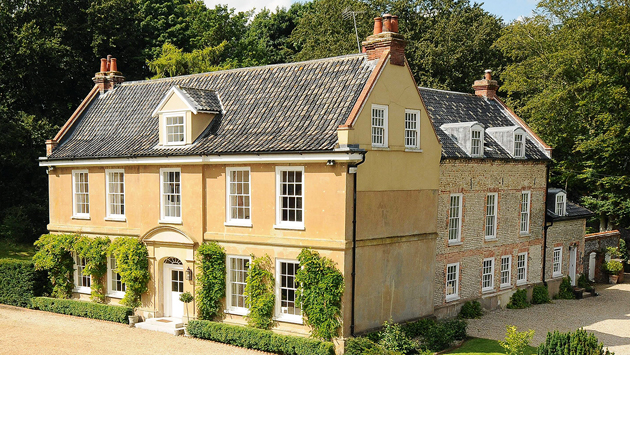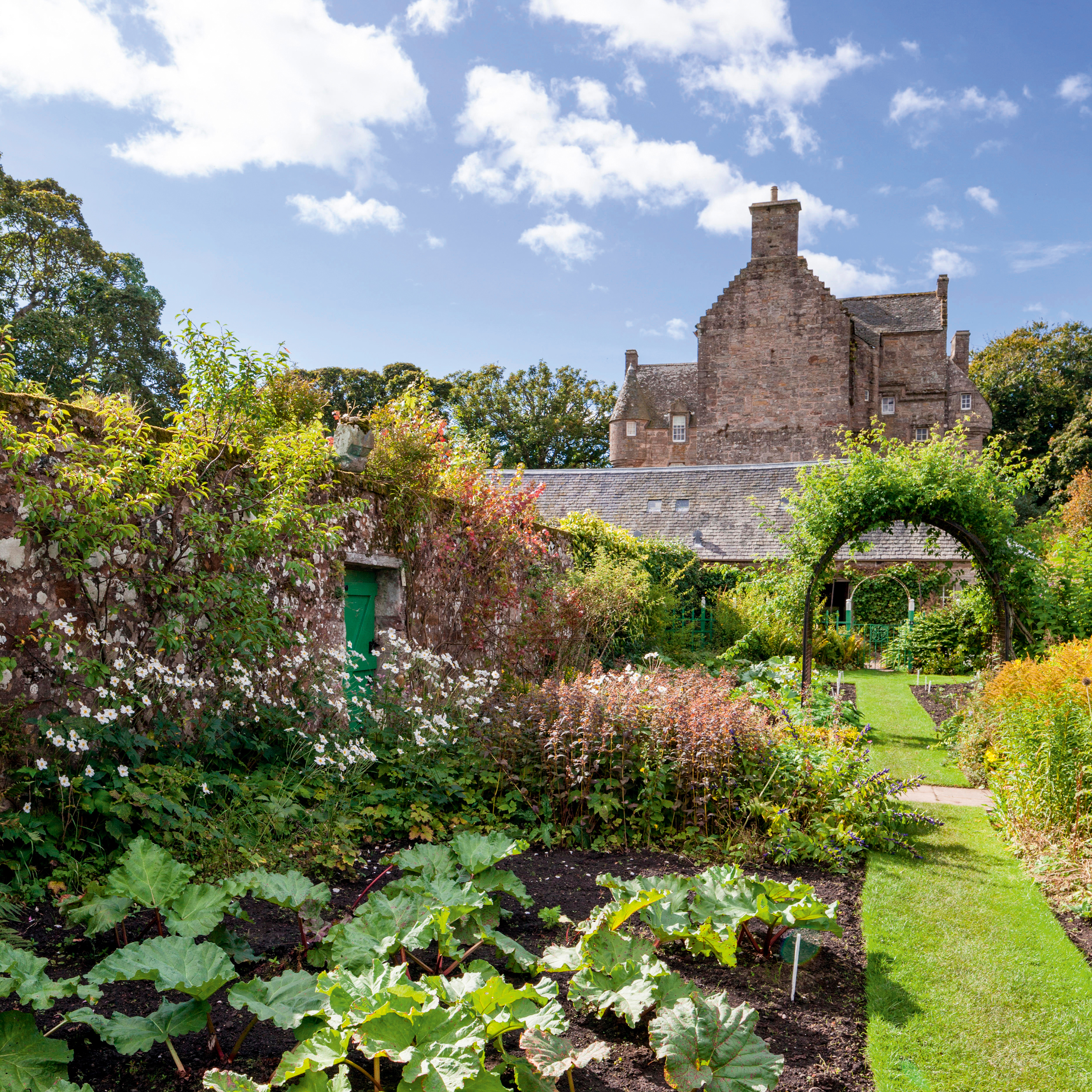Down the road from Downton
Buying a property near one of the great estates can bring benefits from protected views to excellent sporting days


Protected views: The Old Rectory at Holt, Norfolk, lies on the outskirts of the Letheringsett estate and is currently on the market with Strutt & Parker for £2.5 million (01603 883603)
Beautifully kept surroundings, well-preserved amenities and a thriving community are just a few of the positive effects that can ripple out from the management of a large, privately owned estate. Buying nearby or within these picture-perfect enclaves has certain advantages that can’t be depended upon when land ownership is more splintered.
In West Sussex, sandwiched between several of the South’s better known estates, including Cowdray, Goodwood and Leconfield, Nick Ferrier, director of Jackson-Stops & Staff in Midhurst (01730 812357), sums it up: ‘If you own an estate of some scale, your first preoccupation is to preserve it and keep it in its best form, which has benefits for everyone in the surrounding area.’
Dorset is one of Britain’s large-estate hotspots, with Ilchester, Charborough and the Shaftesbury estate, to name but a few. Simon Neville-Jones from Savills’s Wimborne office (01202 856800) says: ‘Estates are altruistic and look after the villages where they own a lot of the property, so there aren’t many negatives. ‘People like it,’ he adds, ‘because they’re buying into a village that isn’t going to change.’ In his experience, buyers are attracted by the proximity of an estate for less tangible reasons, too. ‘It’s a cachet that people like to buy into (as long as there aren’t any onerous restrictions). You are buying into a bit of the Downton Abbey lifestyle.’
Modern estates must be commercial to survive, but there are elements of Lord Grantham-style patronage that still exist, particularly when landowning families have a long association with an area. This sheltering arm can benefit all neighbouring residents. ‘No resident landlord wishes to become alienated from their community, so it’s in their interest to make sure everyone enjoys living there,’ says Edward Tallack, director of Jackson- Stops & Staff in Exeter (01392 214222), who has the Kitley and Lyneham estates on his doorstep.
This might mean providing access for walking and riding or putting money into local amenities. Edward adds, ‘Estates often have a shoot, which is a great way for people of different ages and backgrounds to mix and, if you live next door to a beautiful house, in all likelihood, the other houses will be good, because they’ve been preserved by the income of the estate.’ James Mackenzie, head of Strutt & Parker’s country-house department (020–7318 5190), says, ‘Most estates are beautifully looked after and everything is refurbished, making it a great working environment.’ When it comes to play, ‘many estates have received lottery funding for their cricket clubs,’ he adds, ‘which has helped to bring a heart back into the village.’
A large country estate can be economically invigorating for an area, too. Sporting estates draw visitors, as do events, such as the horse trials at Badminton and Burghley and—until this year —the CLA Game Fair. That means potential extra income for local residents. In West Sussex, Nick Ferrier witnesses the effect of the polo at Cowdray Park, Lord March’s Festival of Speed and Glorious Goodwood and the literary festival at Petworth Park. ‘Although we complain about the traffic while they’re going on, these events attract an international audience and create opportunities for the community, whether it’s holiday lets, B&Bs or providing hay for polo ponies.’
Sign up for the Country Life Newsletter
Exquisite houses, the beauty of Nature, and how to get the most from your life, straight to your inbox.
With Sandringham, Holkham, Houghton and others, Norfolk is another county with an abundance of estates. This can affect property prices, cautions Tom Goodley of Strutt & Parker in Norwich (01603 617431). ‘When you have big tracts of land under the ownership of the same families for many years, it pushes the value of other properties up, because they’re in short supply.’
He’s keen to highlight that estates differ in what they offer their neighbours. ‘Good-quality houses near the Blickling estate near Aylsham can command a premium, because it’s owned by the National Trust and it’s very accessible to the public. Sporting estates like Holkham will allow far less access, although you can walk around it at some times of the year.’
Generally, a neighbouring estate is seen as a positive. ‘We tend to mention it in our marketing material,’ says Tom— and it can affect the value. ‘A few years ago, we sold High House, which is the principal house on the West Acre estate, a large one in West Norfolk. The house was surrounded by parkland and, because it had an estate feel, it commanded a premium.’
-
 Alan Titchmarsh: 'It’s all too easy to become swamped by the ‘to-do’ list, but give yourself a little time to savour the moment'
Alan Titchmarsh: 'It’s all too easy to become swamped by the ‘to-do’ list, but give yourself a little time to savour the moment'Easter is a turning point in the calendar, says Alan Titchmarsh, a 'clarion call' to 'get out there and sow and plant'.
By Alan Titchmarsh Published
-
 Rodel House: The Georgian marvel in the heart of the Outer Hebrides
Rodel House: The Georgian marvel in the heart of the Outer HebridesAn improving landlord in the Outer Hebrides created a remote Georgian house that has just undergone a stylish, but unpretentious remodelling, as Mary Miers reports. Photographs by Paul Highnam for Country Life.
By Mary Miers Published
